This week’s 2024 Community Initiative Award winner spotlight is on the restoration of the community clock in the Borough of Huntingdon, Huntingdon County.
For 143 years, a clock in the Huntingdon Presbyterian Church steeple marked time for residents in the small borough and county seat until it stopped working in 2016. The project to restore the Borough’s clock started in 2017. Through fundraising and public funding initiatives, Huntingdon Borough, Huntingdon Presbyterian Church, Huntingdon Landmarks and the Huntingdon County Planning Department pooled their resources to fund and manage the restoration work.
In 2022, Balzer Family Clock Works of Freeport, Maine was hired to return the clock to like-new condition. While the clock face was restored in the steeple, the 1911 mechanism was installed inside the church’s main doors to engage the community in this piece of local history through its new, visible location.
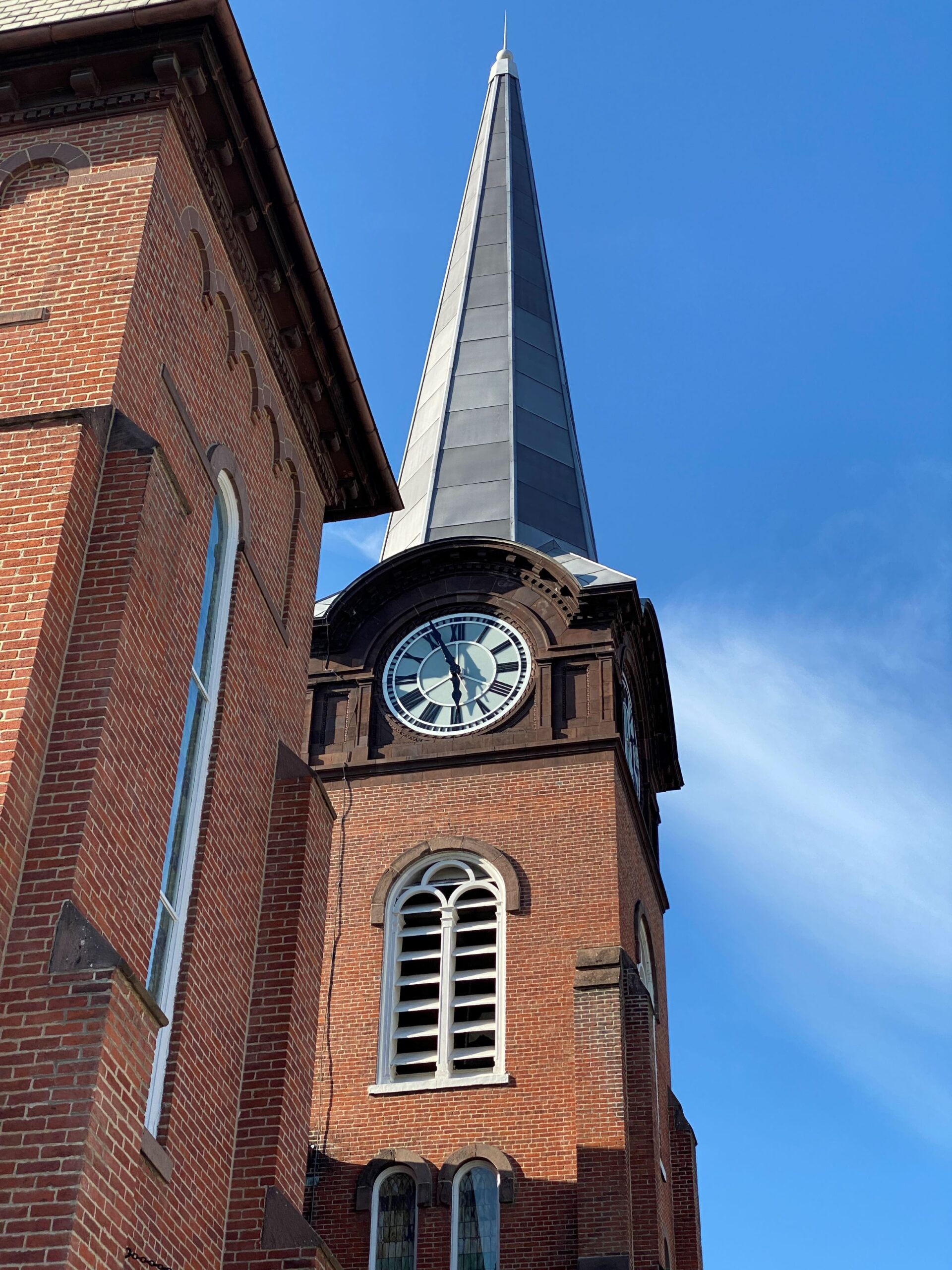
The Huntingdon Presbyterian Church steeple and restored clock.
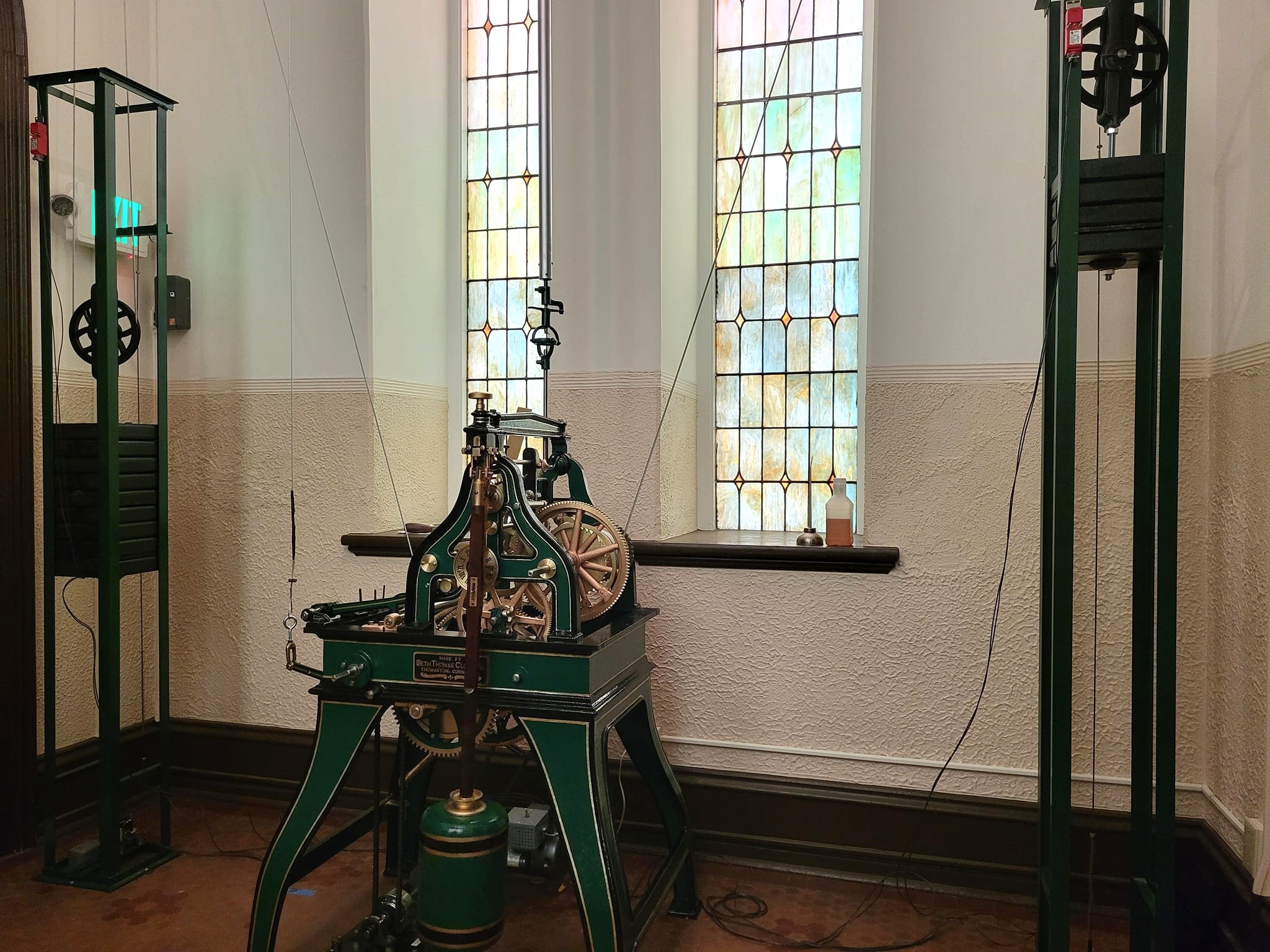
The restored clock mechanism is located just inside the church’s steeple doors, where visitors can see it in action. Photo from Huntingdon Presbyterian Church Facebook page, May 2024.
I asked Lawrence Biemiller, who submitted this to us last year as a Success Story through PA-SHARE, to tell our readers a bit more about this story.
Can you tell us a little bit about the history of Huntingdon and the local community?
The Borough of Huntingdon was laid out in 1767 just west of the confluence of the Juniata River and Standing Stone Creek, where Native Americans had previously erected a Standing Stone that may have marked a gathering place. When Huntingdon County was carved out of Bedford and Cumberland Counties in 1787, the borough became the county seat.
The arrival of the Pennsylvania Canal in the early 1830s and the railroad in 1850 made it a transportation hub for both agriculture and manufacturing; notably, John Chalmers Blair and Kate Fisher Blair invented the paper tablet here, and built a thriving stationery business. Today agriculture remains the county’s leading economic sector, with tourism close behind thanks to the development of Raystown Lake in the early 1970s.
I’ve shared a little bit about the history of the borough’s clock with our readers but what I couldn’t capture is the community’s interest in it. What makes the clock important and a notable preservation project?
The clock is unusual in that it’s the official borough timepiece, but it’s located in the Presbyterian Church, constructed in 1873. The church had the tallest steeple in town and placing the clock there guaranteed that it could be seen from many locations. The original clock was destroyed when the steeple (but not the rest of the church) burned in a 1910 conflagration that also claimed the Methodist church across Mifflin Street, three homes, and two planing mills.

Prior to the 1910 fire, the Presbyterian Church steeple had a slightly different shape. Image from Huntingdon County Historical Society.
A new steeple was built and a new Seth Thomas tower clock was installed. It was later electrified and in recent years had stopped working altogether. Now the 1910 mechanism has been handsomely restored but moved from the second level of the steeple to the first, where visitors can watch it tick.

The restored clock mechanism is located just inside the church’s steeple doors, where visitors can see it in action. Photo from Huntingdon Presbyterian Church Facebook page, May 2024.
There were a few things we noticed about this project when considering candidates for this year’s awards but were particularly interested in how four different organizations came together to support this work. Can you share with us how this coalition came together to support this project? Where there any challenges?
In a county with only 45,000 residents, many organizations end up sharing board members, and you don’t have to live here long before you figure out who best to call for help with any challenge. The clock belongs to the Borough of Huntingdon, whose mayor is a longtime history buff and also a board member for Huntingdon Landmarks, a nonprofit preservation organization.
Another Landmarks board member is a member of the Presbyterian congregation, which took a great interest in the clock since it’s in their steeple. The county Planning Department works with the borough on Community Development Block Grants, for which the clock project was eligible because of its location — and, coincidentally, both a Planning Commission member and a Planning Department employee are on the Landmarks board.
What advice can you give to others who are trying to build a coalition of organizations to support a local preservation project?
Patience and perseverance are essential virtues in preservation. This project was in the works for several years — and, luckily, there was no deadline by which it had to be accomplished.
- Jen Bellis of the Huntingdon County Planning Department took this photo when the four clock faces were being removed for restoration. Image provided by Lawrence Biemiller.
- When it was electrified, decades ago, many of the clock mechanism’s parts were removed. Photo by Jen Bellis.
- Rick and Linda Balzer of the Balzer Family Clock Works brought the restored clock back to Huntingdon with their son, Chris. They work out of Freeport, Maine. Image provided by Lawrence Biemiller.
- While his parents worked on the clock mechanism in its new location, Chris Balzer was busy installing the rods that drive the clock faces. The bell is one level below the faces. Image provided by Lawrence Biemiller.
When we spoke a few weeks ago about this award, you shared some other interesting places in Huntingdon that are on your radar. Is there another preservation project on the horizon for Huntingdon?
A Landmarks board member and his wife recently purchased a delightful 1895 Shingle-Style chapel in Blair Park whose tiny congregation had disbanded. That’s a big relief.
But there are numerous other challenges: The park surrounding the chapel is owned by a private nonprofit that needs help, particularly with a big retaining wall over the creek; the 1872 Union Depot is up for sale with no obvious use or purchaser; a number of downtown buildings are empty or nearly so; and in the southern end of the county, a grist mill in Saltillo that has its original equipment inside is in danger of collapse.
Are there other organizations, people, or companies you’d like to acknowledge for their contributions to this project and its success?
George Drobnock, the Landmarks vice president, took the lead on the clock project for Landmarks, while Jen Bellis of the county Planning Department managed the block-grant paperwork. And the borough mayor, Tom Yoder, is an enthusiastic champion of all things Huntingdon.
Comment Policy
PHMC welcomes and encourages topic-related comments on this blog. PHMC reserves the right to remove comments that in PHMC’s discretion do not follow participation guidelines.
Commenters and Comments shall be related to the blog post topic and respectful of others who use this site.
Commenters and Comments shall not: use language that is offensive, inflammatory or provocative (this includes, but is not limited to, using profanity, obscene, or vulgar comments); disparage other commenters or people; condone illegal activity; identify the location of known or suspected archeological sites; post personal information in comments such as addresses, phone numbers, e-mail addresses or other contact details, which may relate to you or other individuals; impersonate or falsely claim to represent a person or an organization; make any commercial endorsement or promotion of any product, service or publication.
If you would like to comment on other topics not related to this blog post but related to PHMC, please fill out the PHMC Contact Us Form.
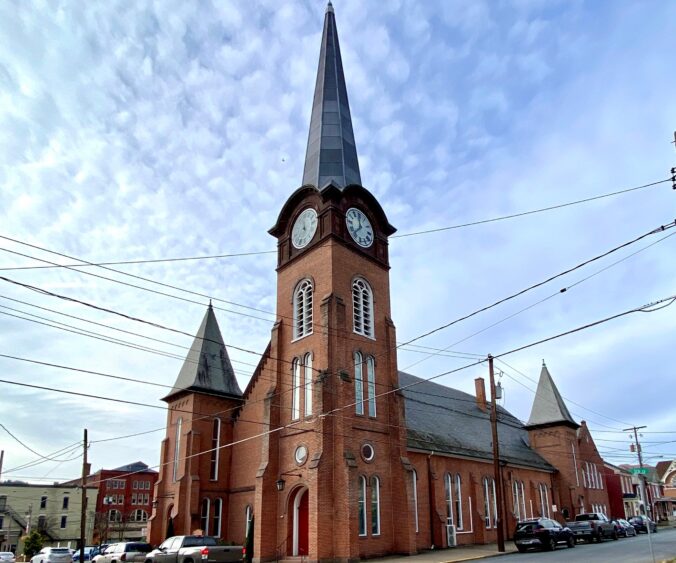
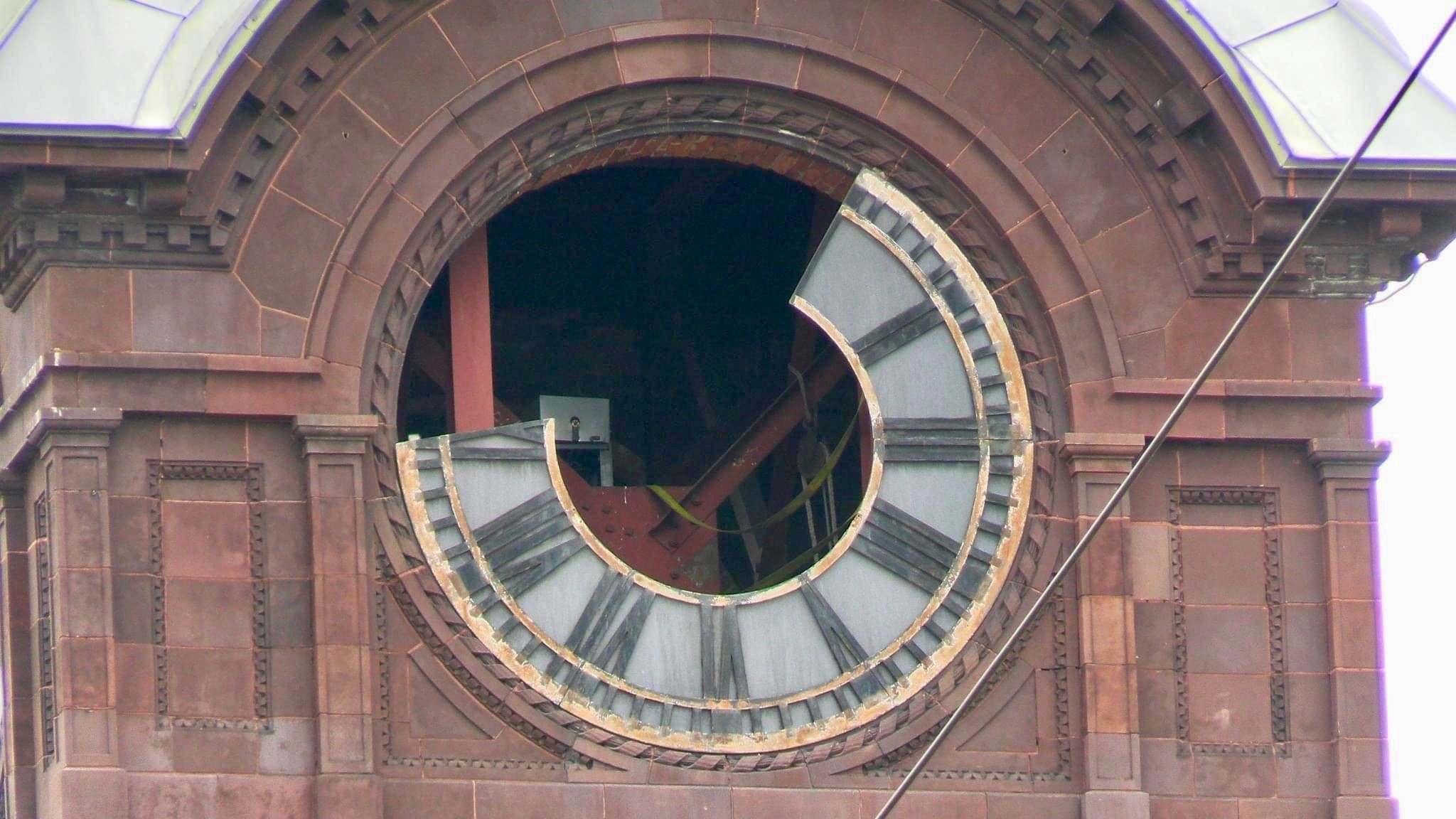
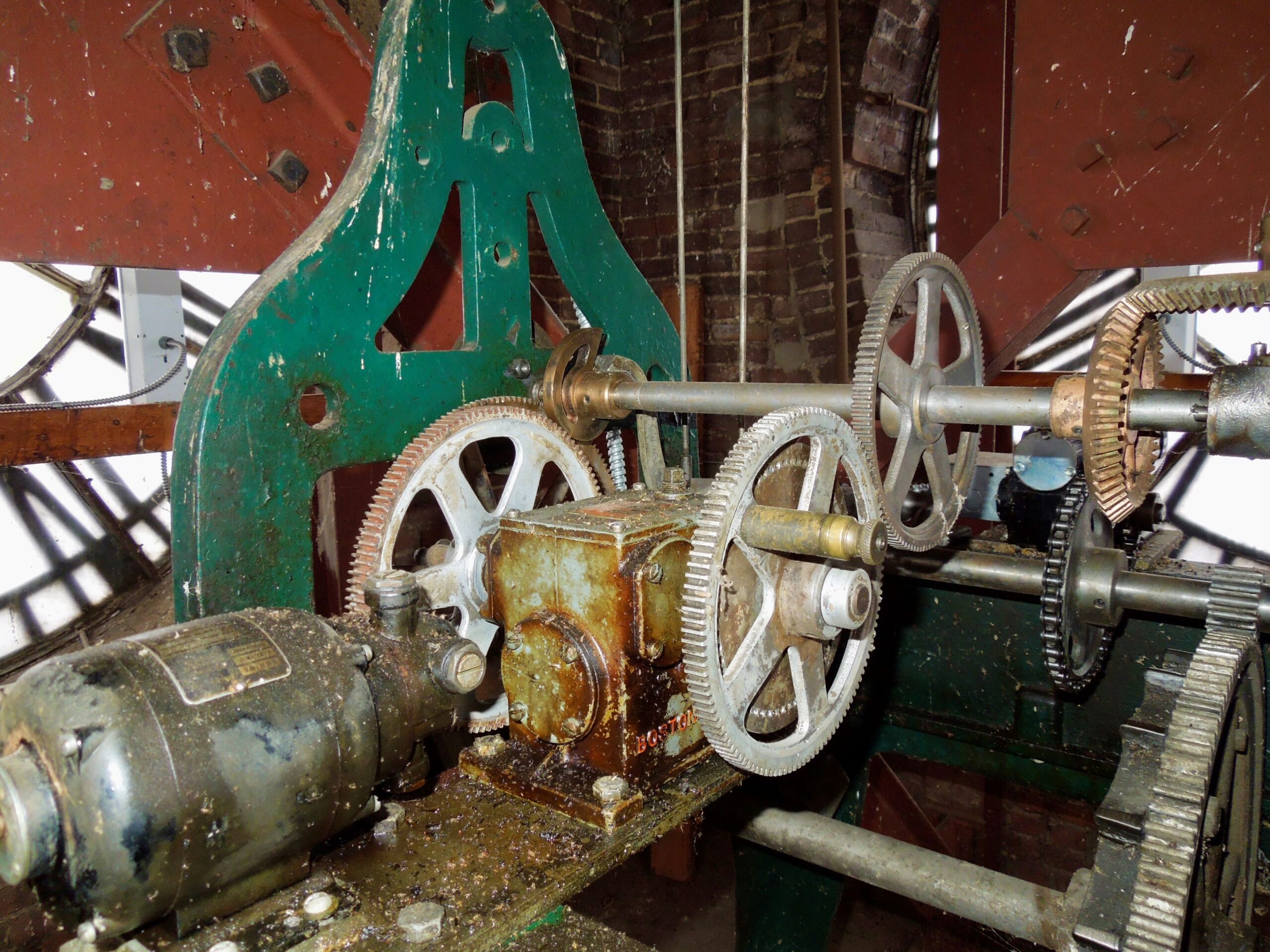
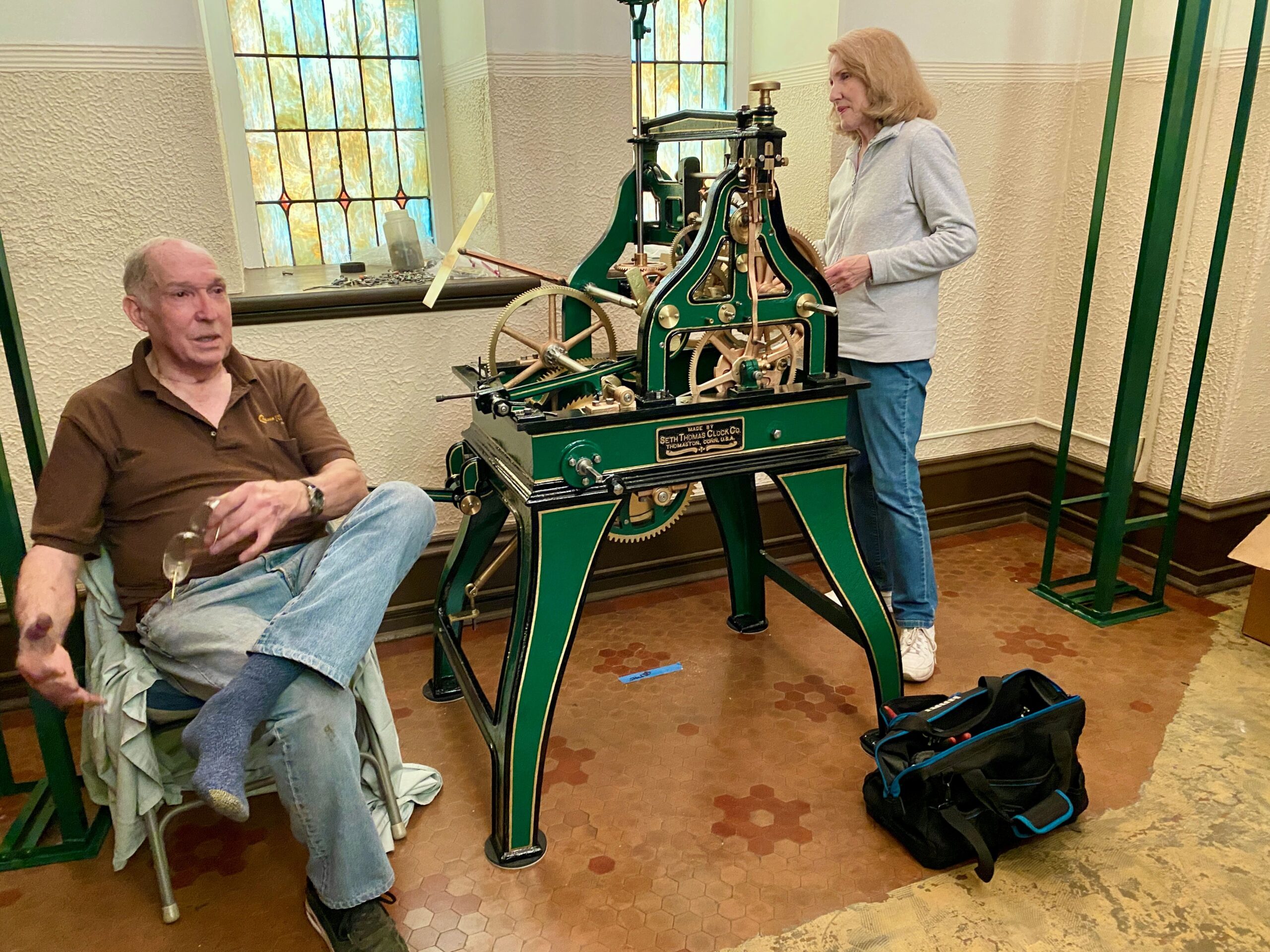
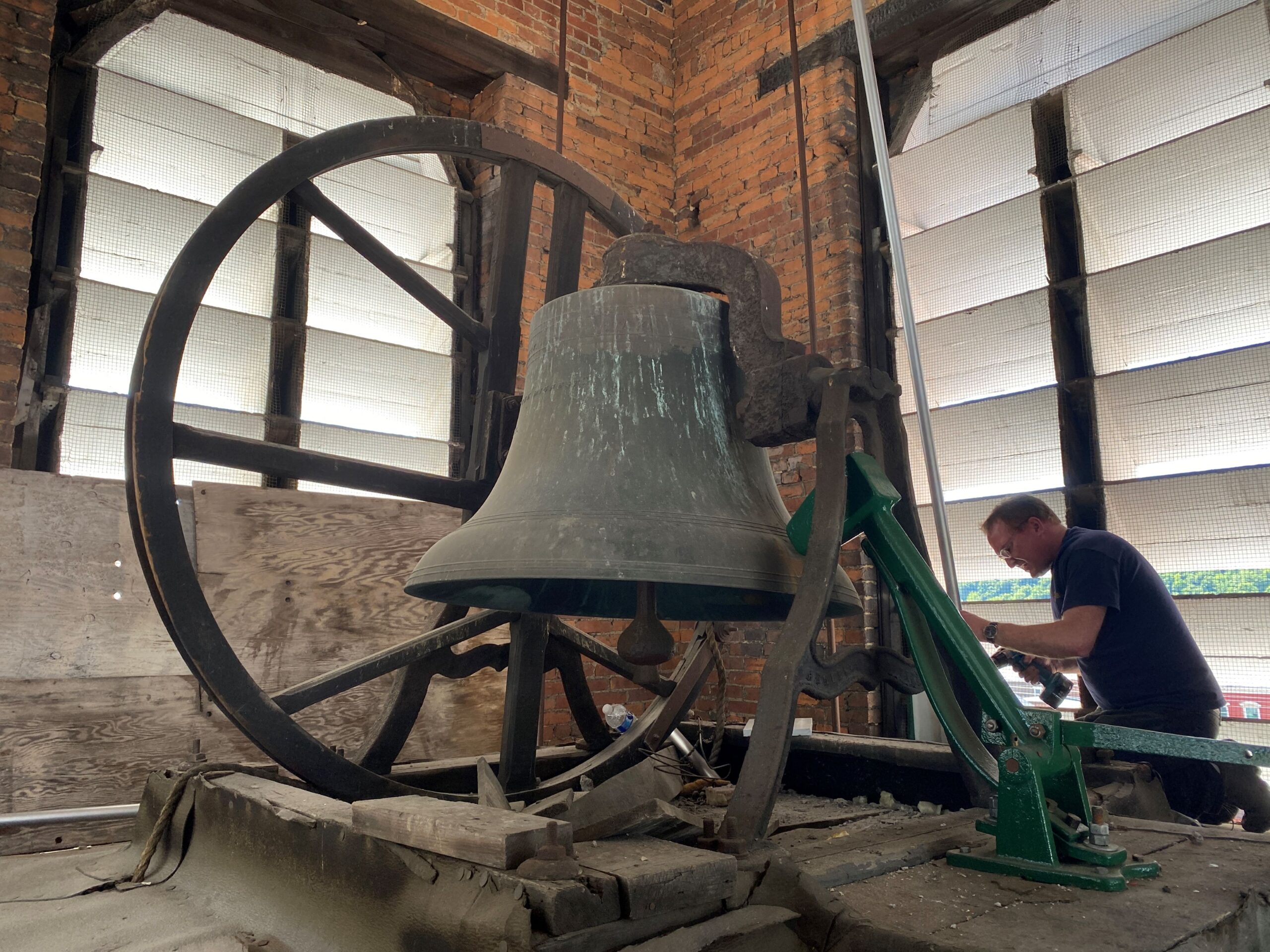
Leave a Reply